In the early 1960s, Chrysler built 50 Turbine Cars with a gas turbine engine mounted in the rear, a bold shift from their usual V8 setups. These sleek coupes were tested by real drivers, hinting at a future where jet-inspired tech could redefine Chrysler’s lineup. Let’s unpack 10 key facts about this near-miss rear-engine project, from its specs and engineering to its place in history.
The turbine engine’s unique design
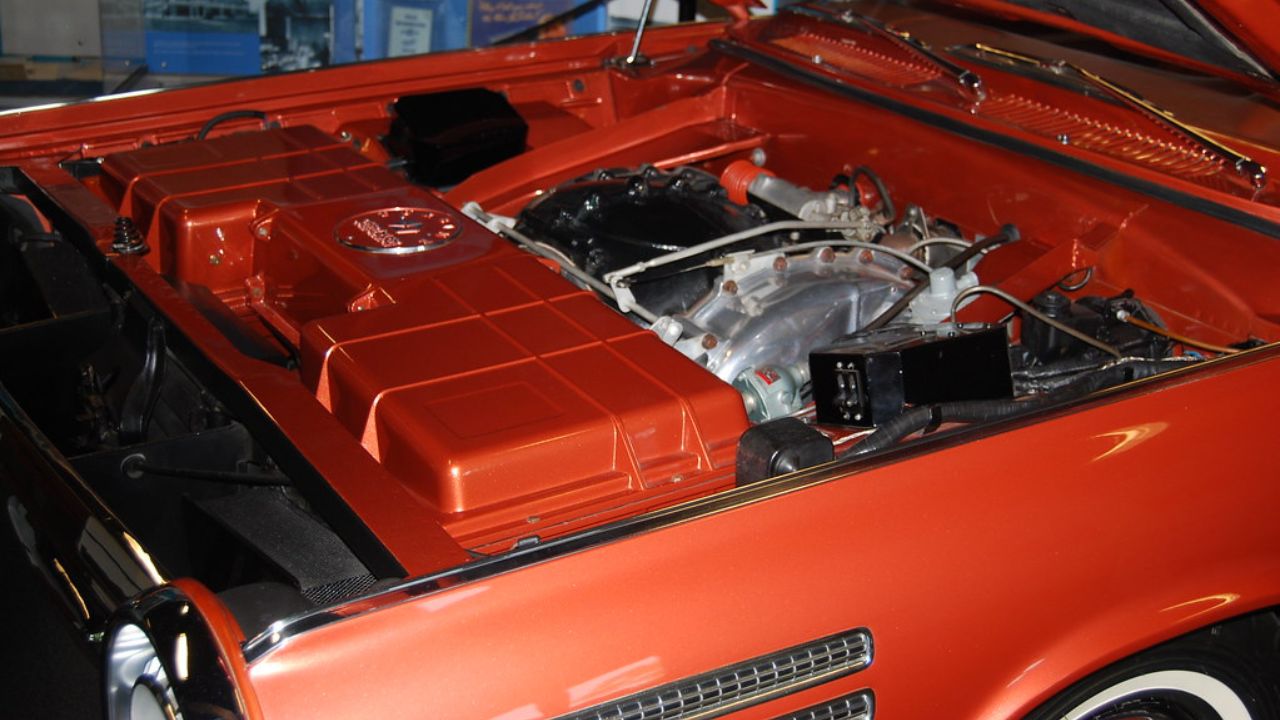
Chrysler’s A-831 turbine engine sat behind the rear axle, driving the rear wheels. It weighed 410 lbs, spun at 44,600 rpm, and used a single spark plug with no pistons. Unlike V8s, it could burn diesel, kerosene, or even tequila, delivering smooth power.
The turbine’s compact size freed up cabin space, and its jet-like whine turned heads. Chrysler aimed for a production model by the 1970s, banking on its unique engineering to stand out in a V8-dominated market.
A sleek Ghia-built body
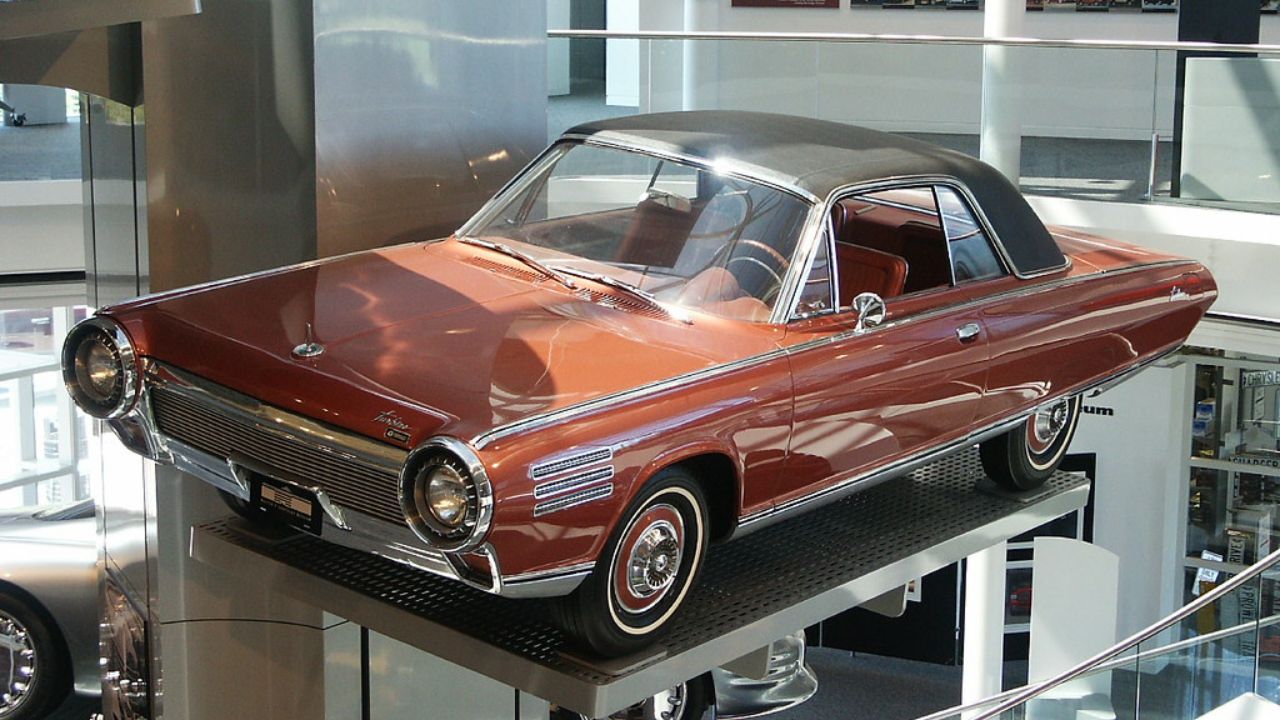
The Turbine Car’s body, crafted by Ghia in Italy, was a two-door coupe with a 104.5-inch wheelbase. Its 0.35 drag coefficient matched sporty rivals, and styling featured pop-up headlights and chrome trim with a bronze finish. Only 50 were built, plus five prototypes.
Ghia’s hand-built construction gave it a premium look, distinct from Chrysler’s mass-produced sedans. The design was a nod to European coupes, blending American power with Italian flair.
Rear-engine layout challenges
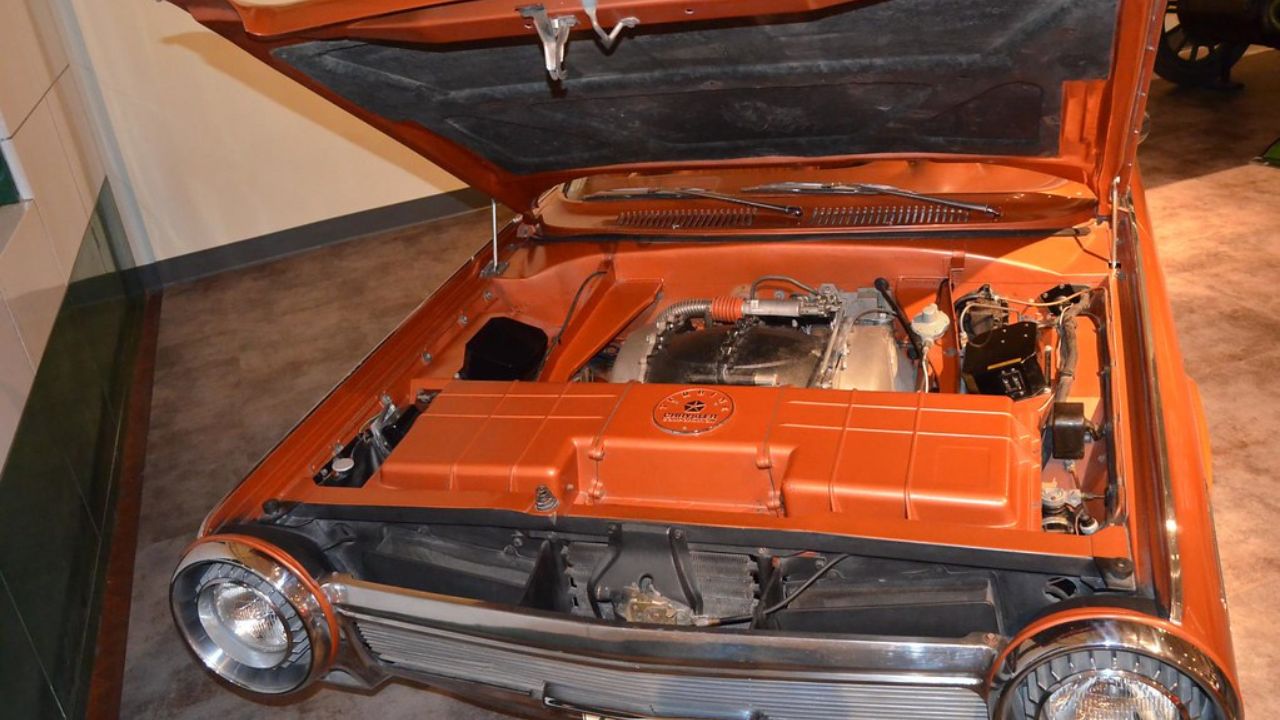
Placing the turbine in the rear improved traction with a 55/45 weight distribution but made high-speed cornering tricky on its 119-inch-long frame. Engineers used torsion bars up front and leaf springs in the rear to balance handling.
The layout, uncommon for American cars, mirrored European designs like the Porsche 911. However, the turbine’s 500°F exhaust heat posed durability issues, requiring specialized materials that pushed engineering limits.
Performance that surprised drivers
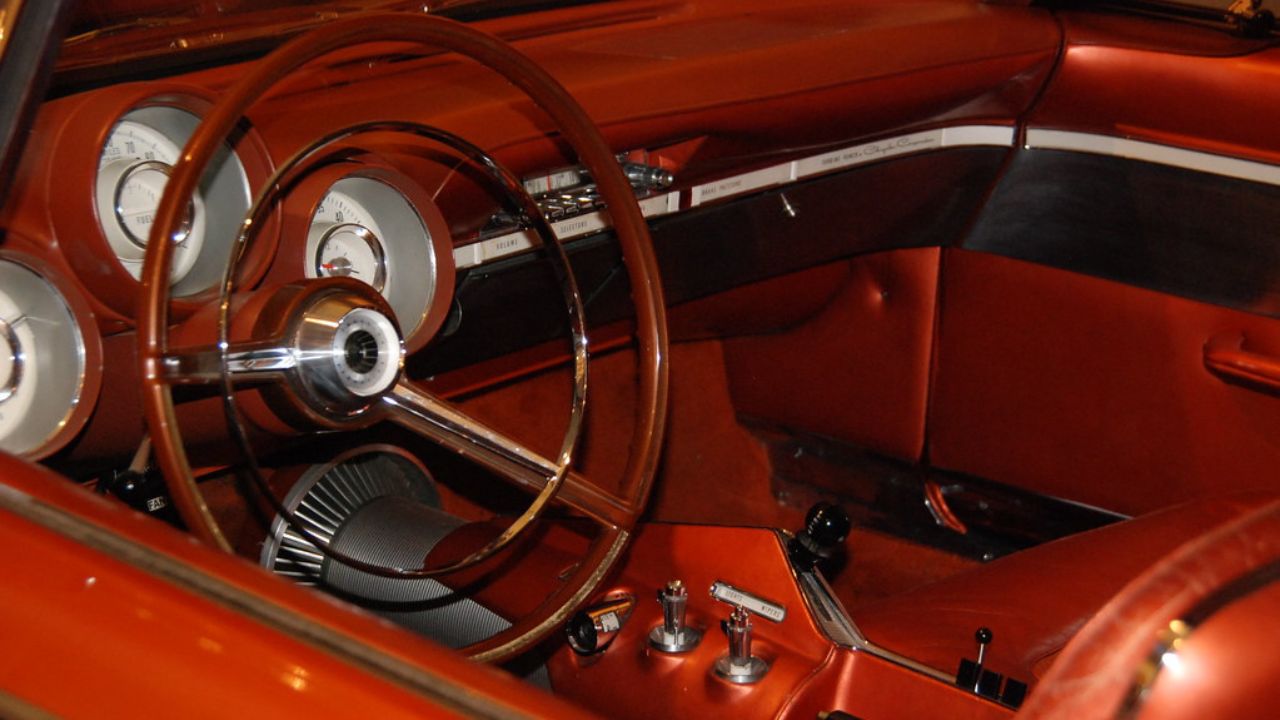
The Turbine Car hit 0-60 mph in ~12 seconds with 130 hp, modest but boosted by 425 lb-ft of torque at 0 rpm for instant pull. Top speed was 115 mph, limited by gearing, with fuel economy at ~12 mpg on kerosene.
Drivers loved its jet-like whine and smooth power, though acceleration was sluggish. Testing showed reliable cruising, but the hot exhaust demanded heat-resistant components, adding complexity to the build.
Public testing program
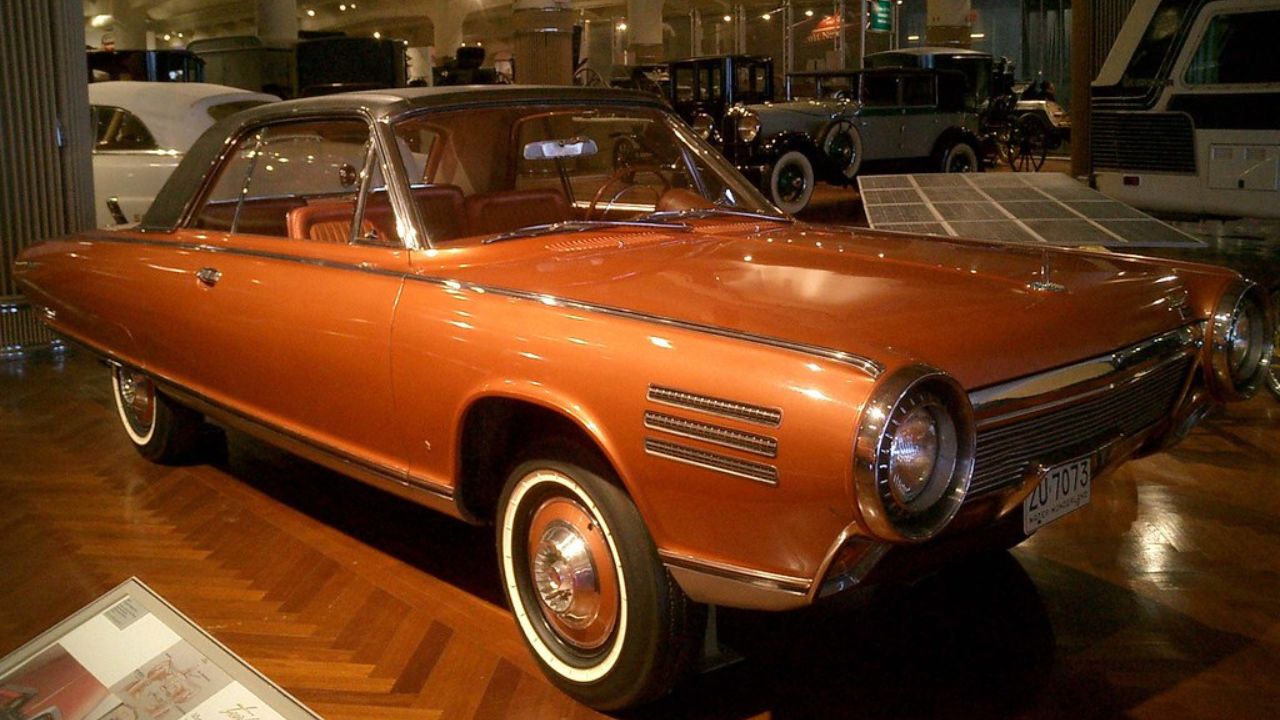
From 1963 to 1966, Chrysler loaned 50 Turbine Cars to 203 drivers across the U.S. for real-world feedback. Users drove 1.1 million miles, reporting a smooth ride but slow starts and high fuel use.
The program tested durability and public reaction, with Chrysler eyeing a turbine option for the 1977 LeBaron. The data gathered shaped their vision for a production rear-engine car, even if it never materialized.
Emissions and regulatory hurdles
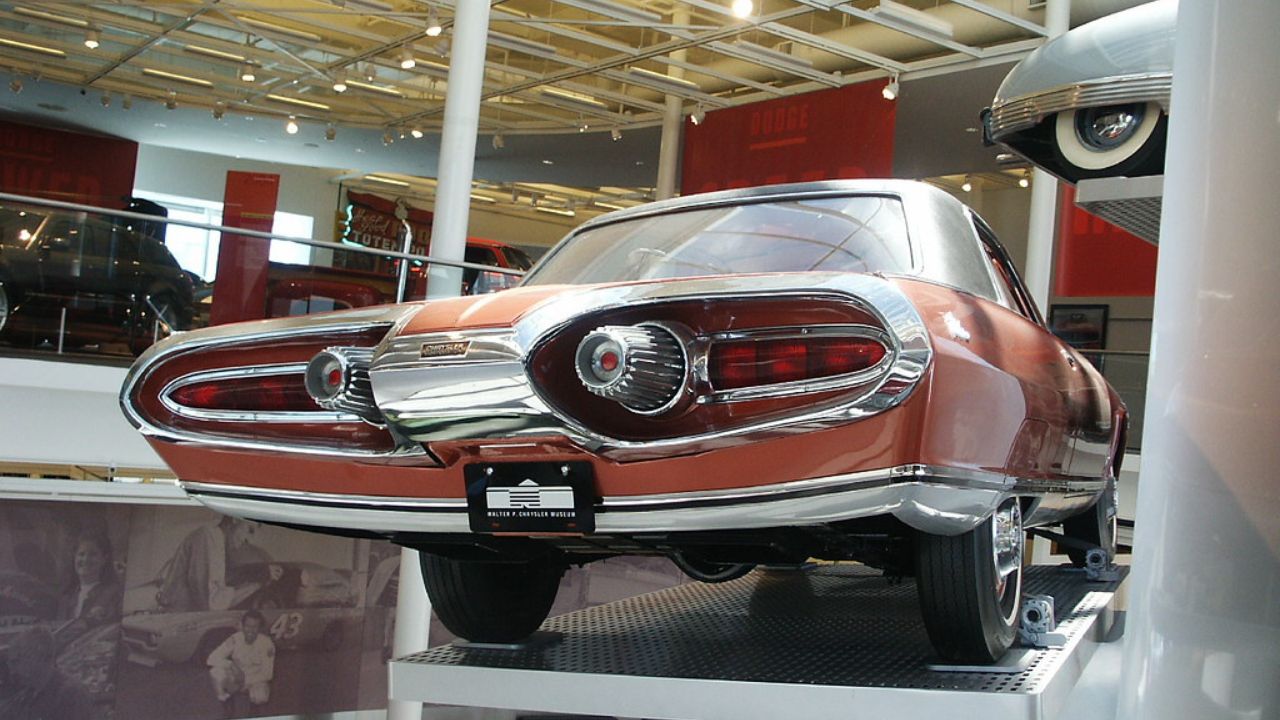
The turbine’s exhaust was cleaner than V8s for CO but high in NOx due to 1,700°F combustion. Meeting 1970s EPA standards, enacted in 1970, required costly catalytic converters, complicating the rear-engine setup’s heat management.
By 1977, tightening EPA rules and Chrysler’s financial struggles, including $1 billion in government loan guarantees in 1979, forced the turbine’s cancellation. Regulatory shifts made the project too tough to sustain.
European design influences
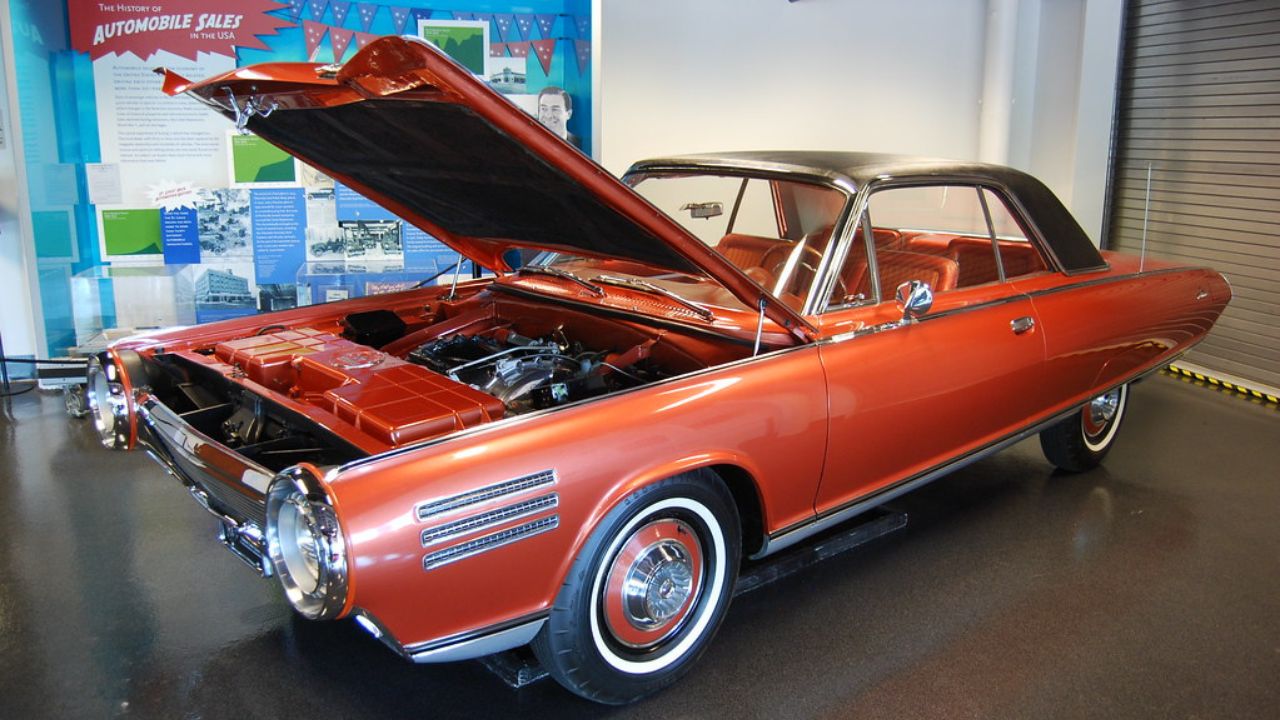
Chrysler drew from European rear-engine cars like the VW Beetle and Porsche 911. The Turbine Car’s 4-speed automatic transaxle was adapted from Simca designs, tied to Chrysler’s 1960s European acquisitions.
The layout promised better cabin space but needed a custom chassis. Engineers studied Fiat’s Turin plants in 1961, exploring compact rear-engine setups, though American buyers leaned toward familiar front-engine power.
Production and cost barriers
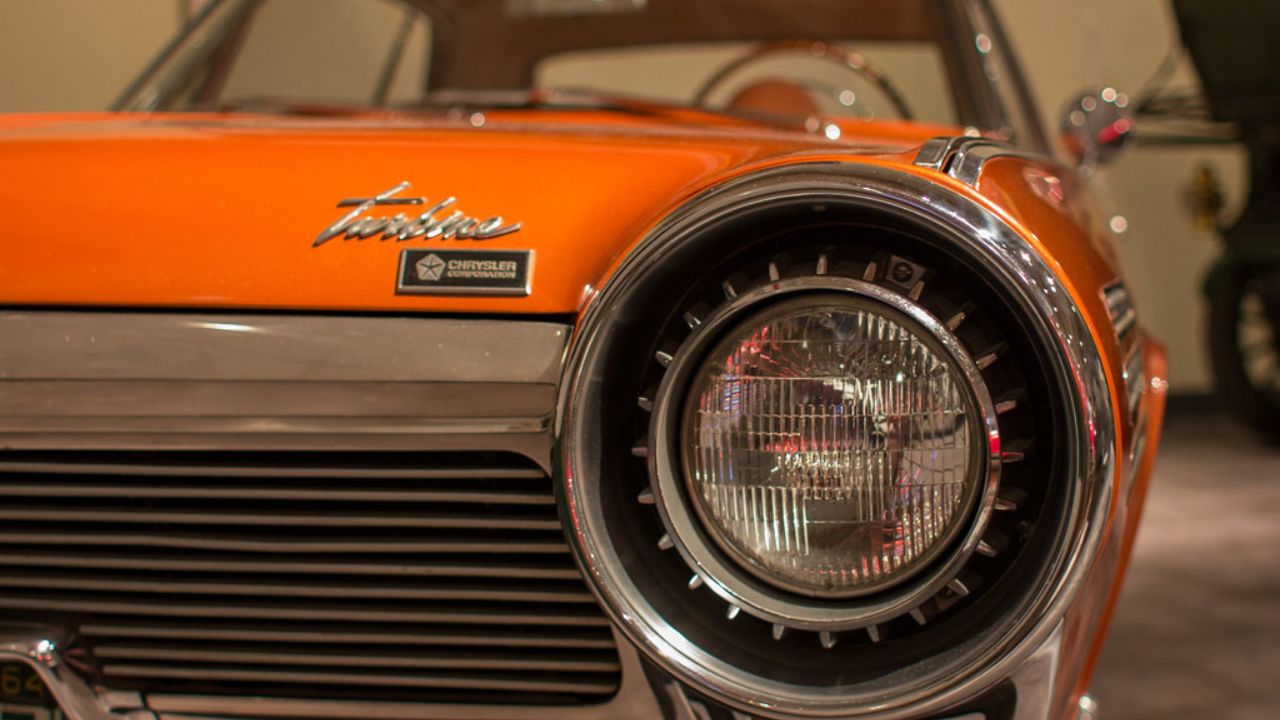
Building 50 Turbine Cars was a massive undertaking, with each car’s 3,800-lb curb weight requiring lightweight alloys. Mass production would have demanded major factory retooling, and the turbine’s complexity dwarfed simpler V8s.
Chrysler projected high production hurdles for 10,000 units annually. Unproven demand and the dominance of cheaper, reliable V8s like the 440 halted plans, keeping the turbine a limited-run experiment.
Cultural impact and legacy
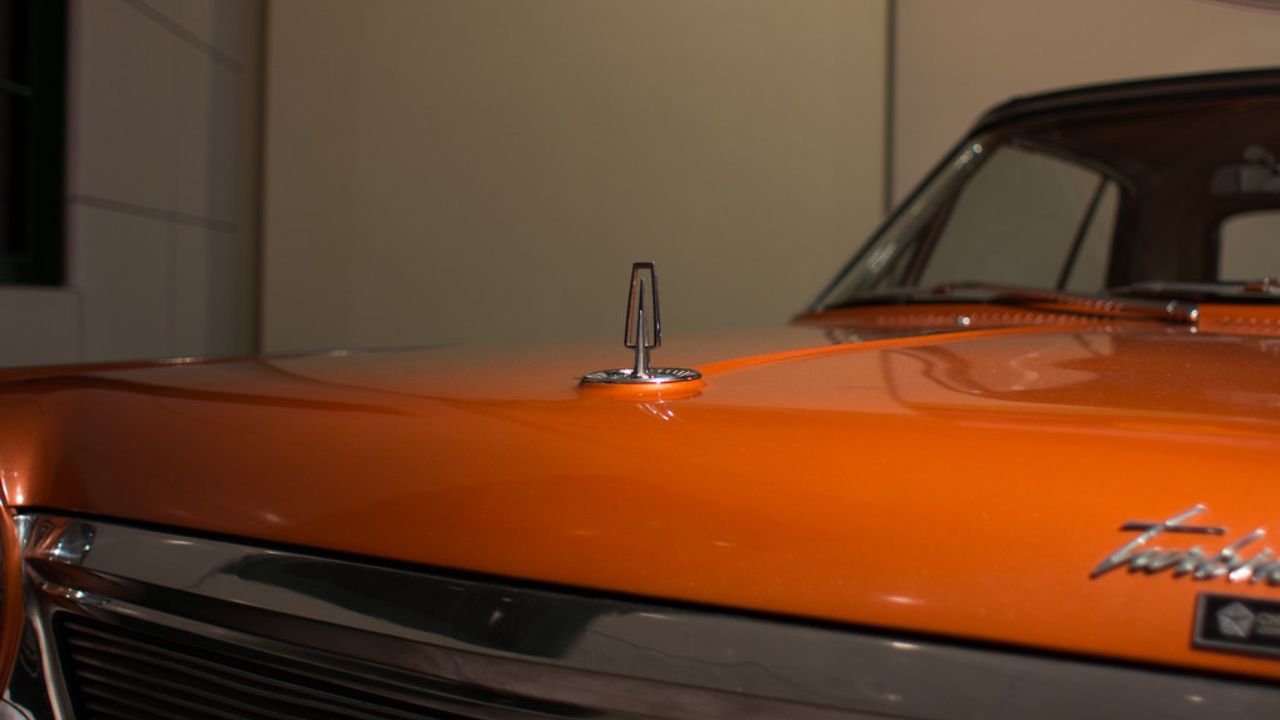
The Turbine Car wowed crowds at the 1964 New York World’s Fair with its jet-age vibe, appearing in films like The Lively Set (1964). Only nine survive, prized by collectors for their rarity.
The turbine program sparked ideas for later hybrid tech but never reached production. Its rear-engine experiment showed Chrysler’s willingness to push boundaries, though V8s defined their muscle car era.
Why it never happened
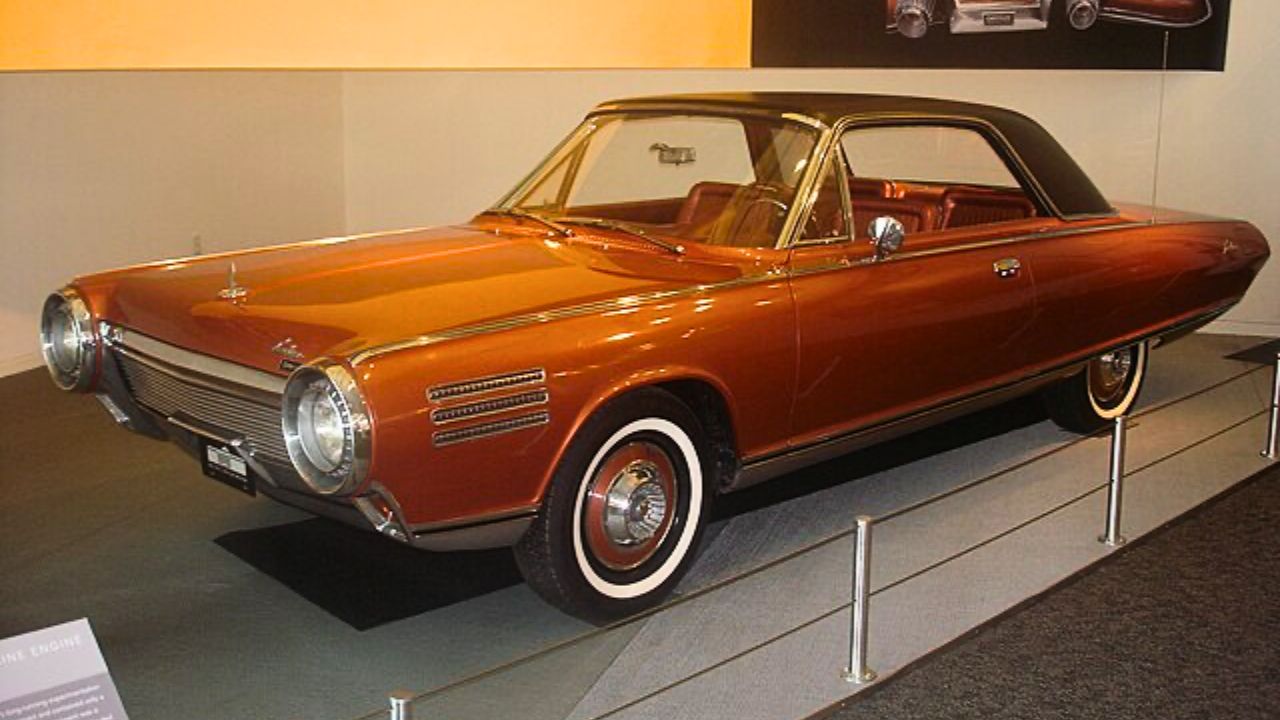
Chrysler axed the turbine in 1979 due to loan conditions and the 1973 oil crisis, which spiked kerosene costs. Buyers favored cheaper V8s like the 318 over the complex turbine.
The 20-year program showed ambition but couldn’t beat economic realities. The Turbine Car remains a fascinating what-if, its rear-engine tech a unique chapter in Chrysler’s V8-heavy history.
Like Fast Lane Only’s content? Be sure to follow us.
Here’s more from us:
*Created with AI assistance and editor review.

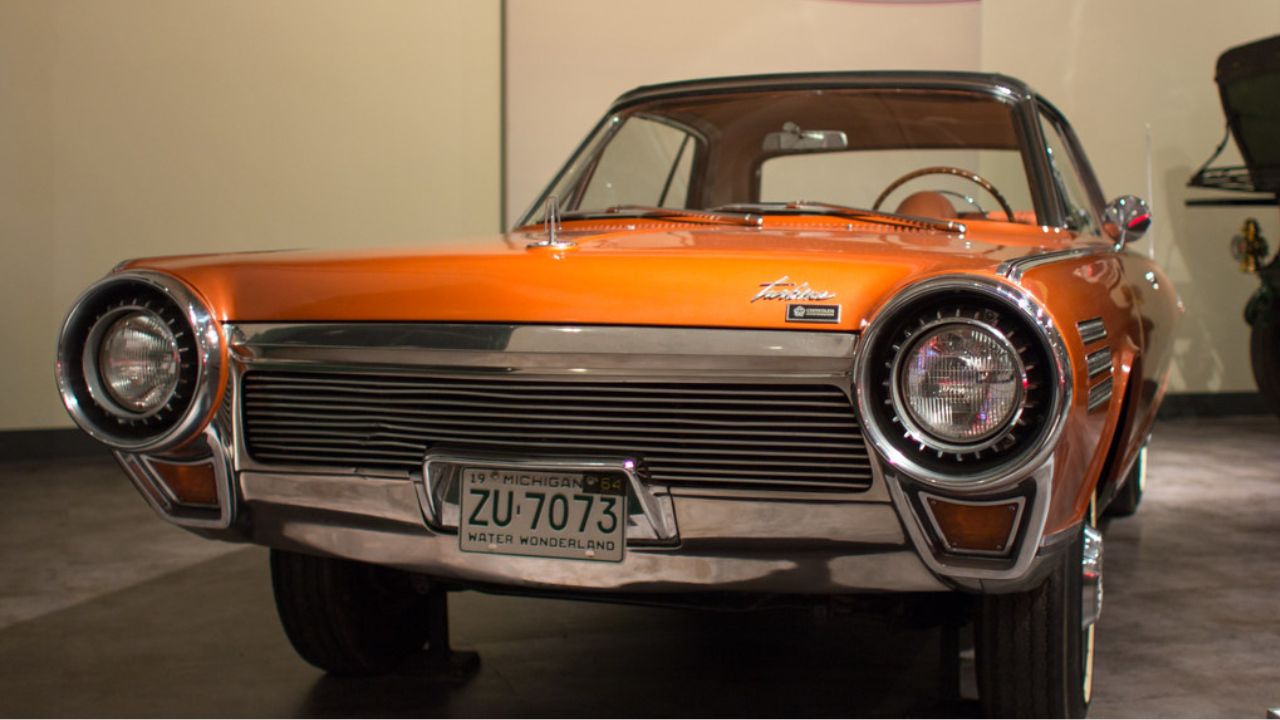
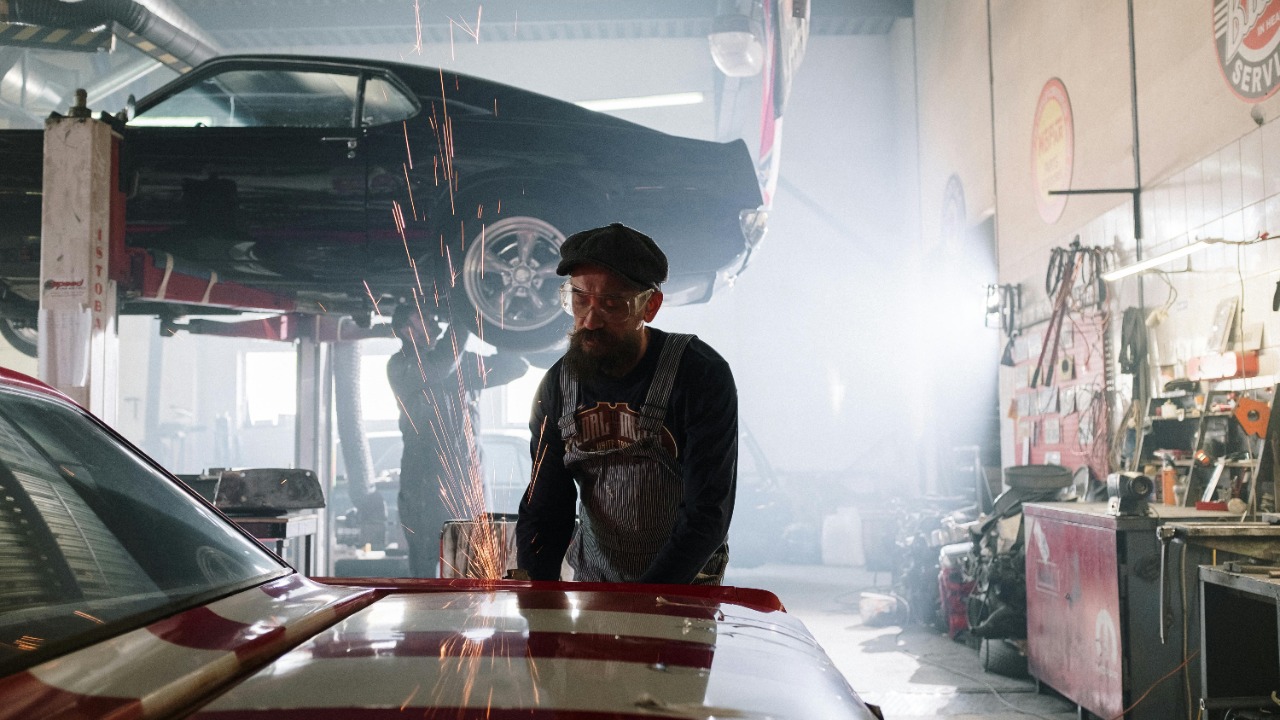
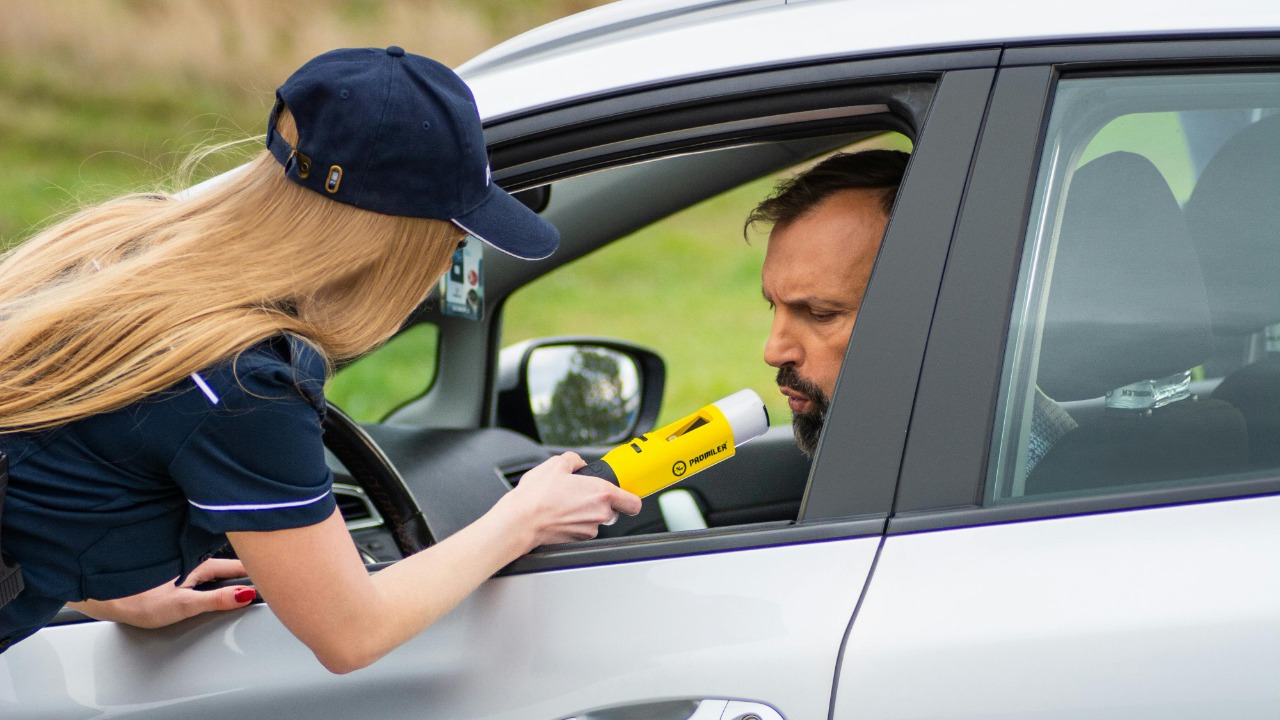
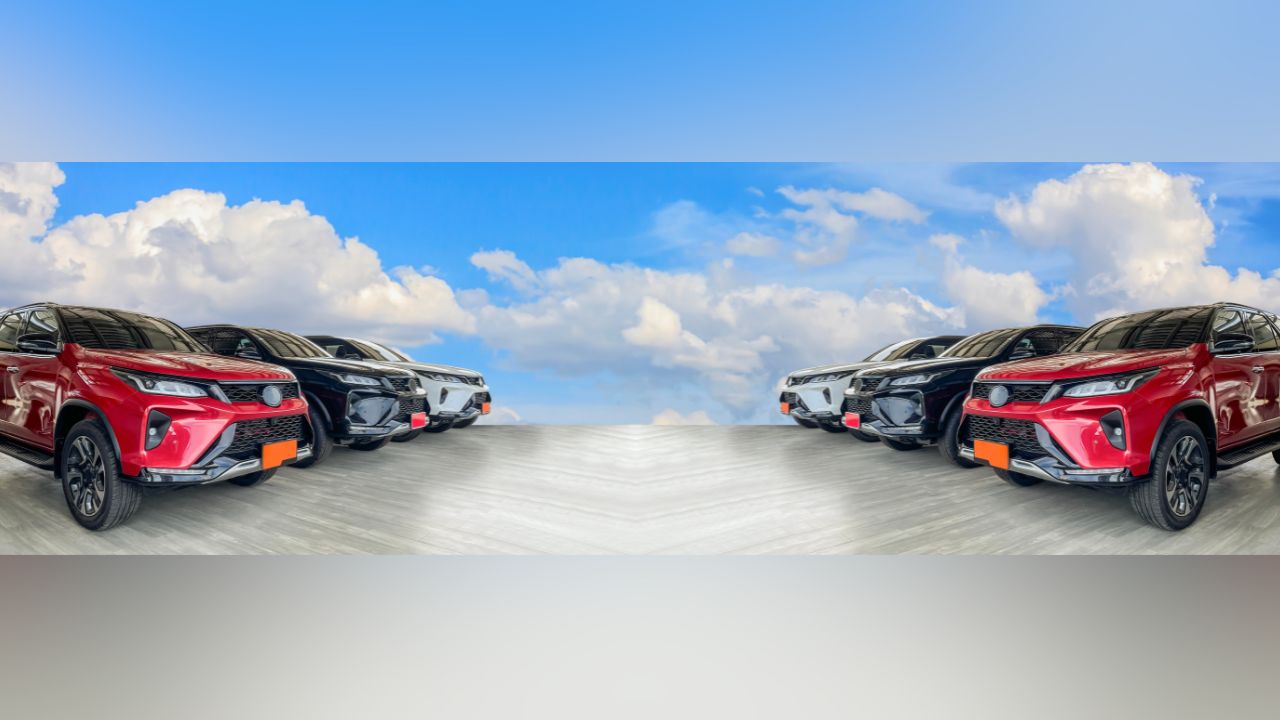
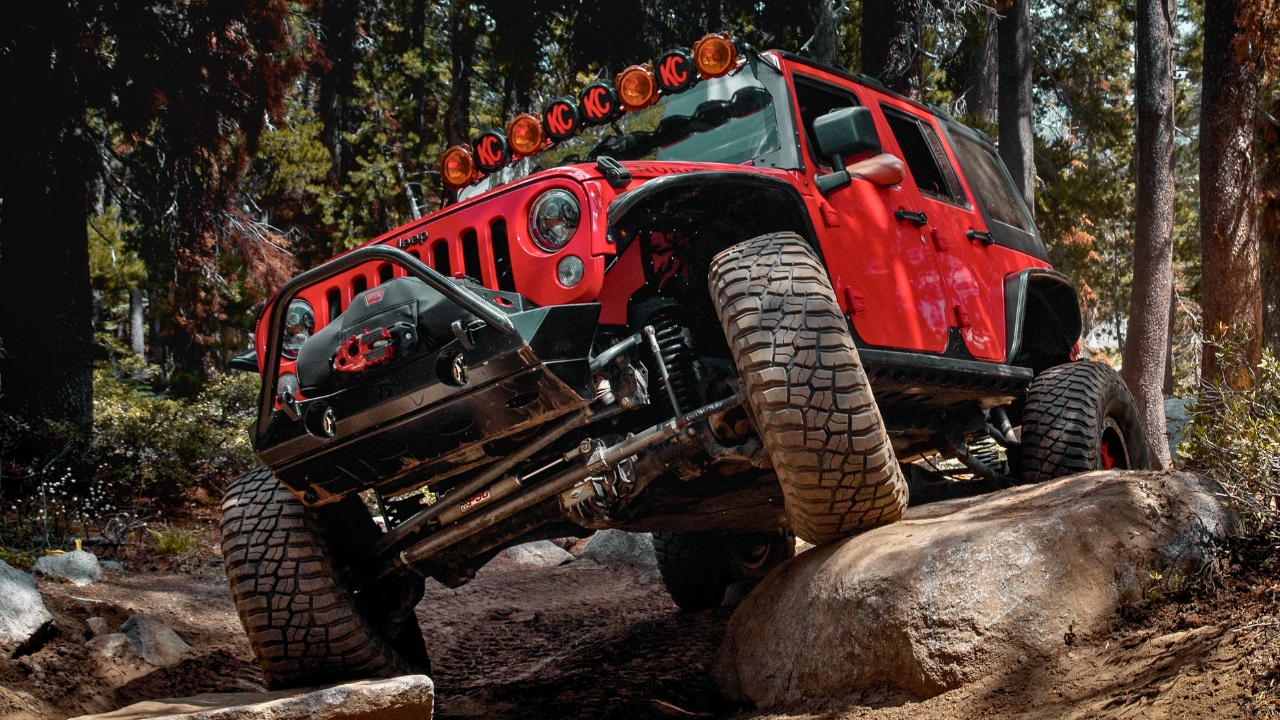
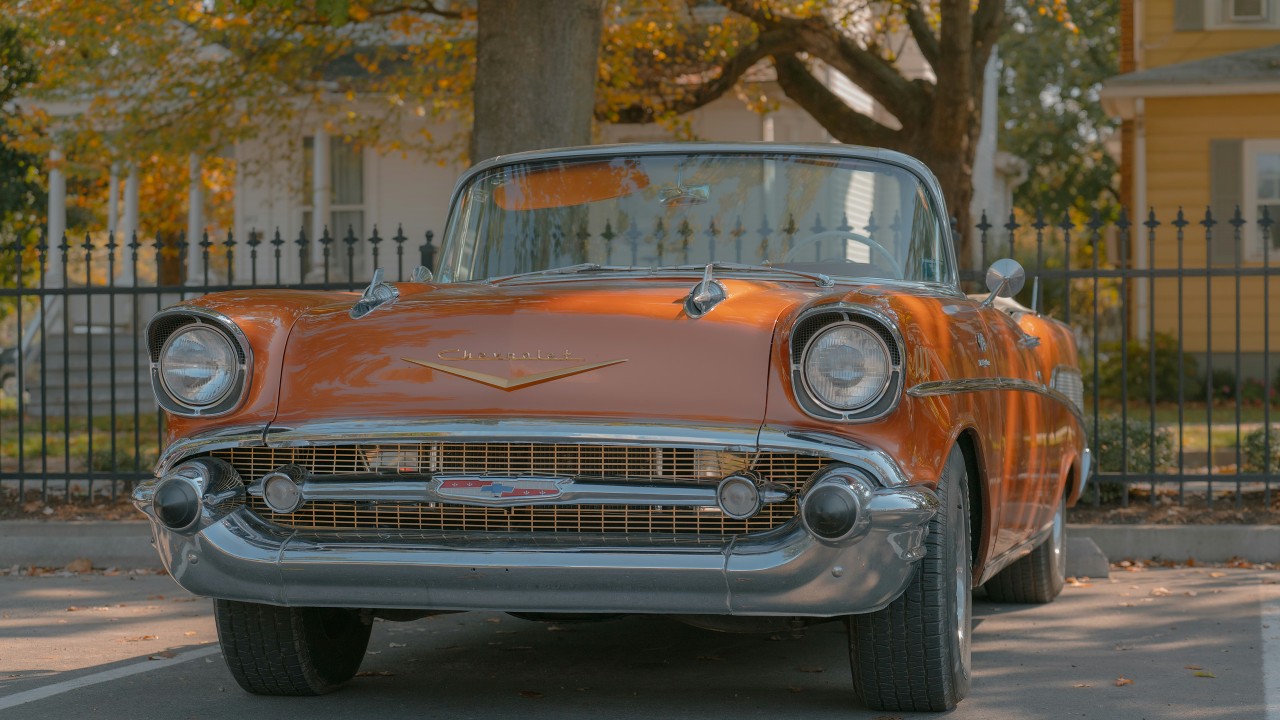
Leave a Reply